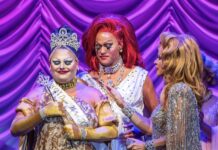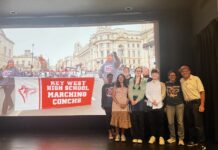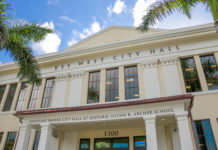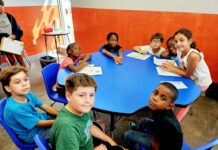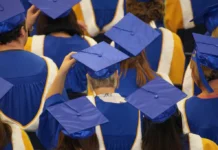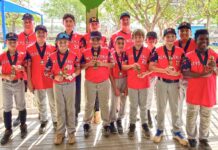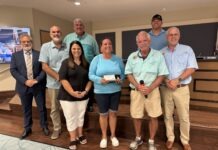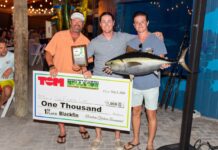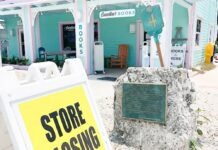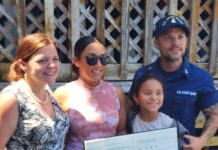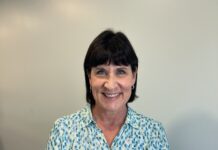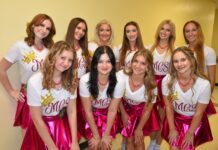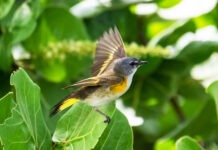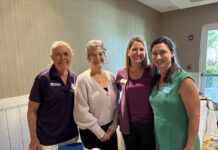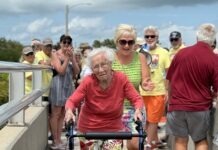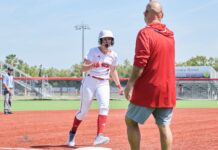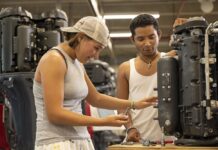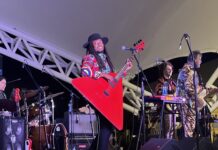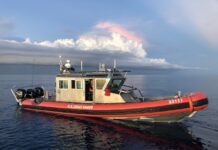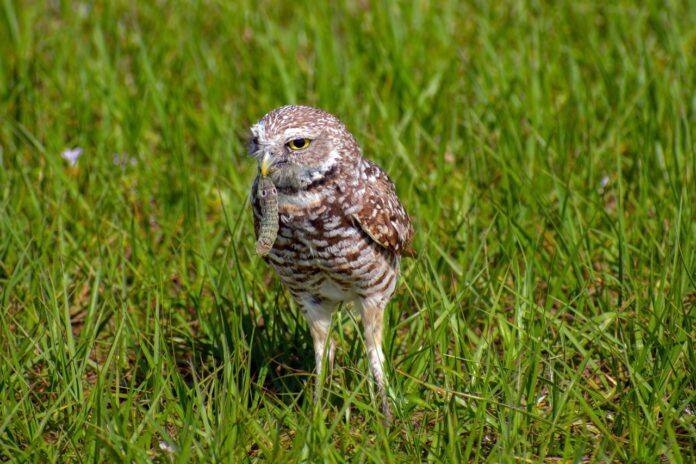
The burrowing owl, once a fairly easy-to-find bird in the Keys if you knew where to look, could potentially be returning to the Middle Keys with the help of Project Perch.
The tiny bird of prey used to be found in burrows throughout Key Colony Beach, the Florida Keys Country Club and more. However, since 2017, owls living in nests have been missing in action. Loss of habitat from development and flooding, as well as nests collapsed by iguanas, may have led to the removal of space for the owls, which are listed by the state of Florida as “threatened.”
Still, the Key West Wildlife Center and Marathon Wild Bird Center occasionally get calls about a burrowing owl in need of assistance, and Marathon’s center even has a permanently homed owl – Buzz, rescued in 2020 from Coco Plum with a permanently injured wing.
Early in 2023, a Facebook post claiming to have seen a burrowing owl in Key Colony Beach near an old nest spot sparked the interest of local Tammie Anderson, who went to stake out the area and see the bird. A few days later, the original poster made an update: They had re-sighted the bird, and instead of the elusive burrowing owl, it was a kestrel. But for Anderson, “That was the start. I fell down the burrowing owl rabbit hole.”
Anderson has worked with chimpanzees, dolphins and sea turtles, but said she was “never a bird person” before. As she researched burrowing owls, she discovered Project Perch, a not-for-profit founded by Kelly Heffernan with the South Florida Audubon Society in Broward County with the mission to protect burrowing owls and build safe artificial habitats for them.
Anderson reached out to Project Perch and got together with employees of FWC, bird rescue experts including the Wild Bird Center’s Kelly Grinter, and local veterinarian Dr. Doug Mader to find potential locations for artificial owl habitats.
“They need high, dry ground to avoid flooding, as level as we can, and about 18 inches deep,” said Heffernan. “We use a specific Flood Zone-Artificial Burrow System (FZ-ABS) with a PVC entrance to the burrow. The PVC is cut on the bottom so the owls can get their talons in the dirt. An irrigation box is used for the nesting, with one side removed so that the owls can expand their burrow.”
The hope is that owls will discover and use the artificial nesting sites.

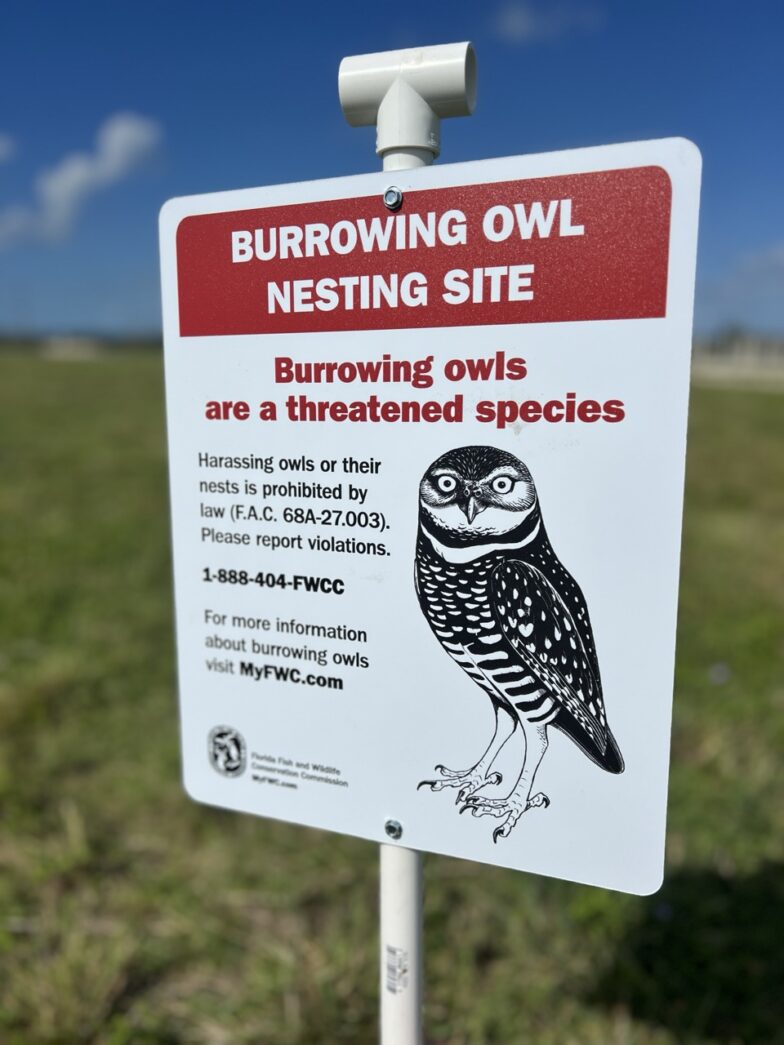
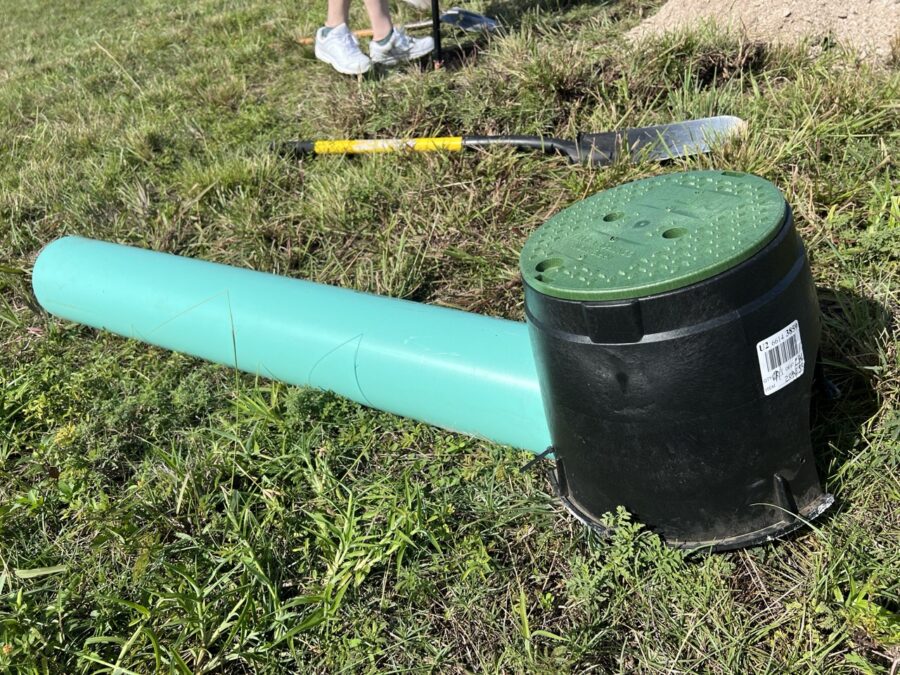

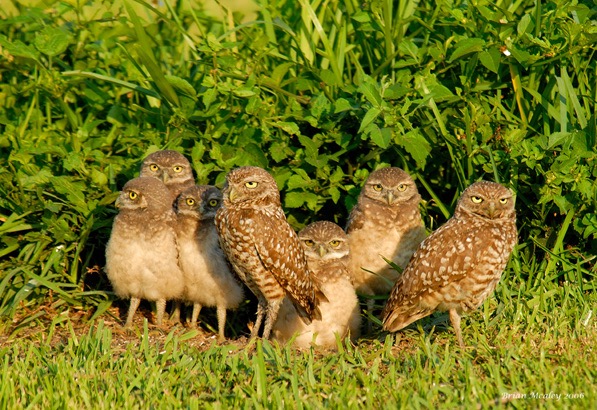
After reviewing several potential locations, Marathon’s Radio Martí site, a government-owned island by Boot Key Harbor known for its radio towers, was chosen as the first location for building the artificial nests.
“Radio Martí is a great spot,” said Grinter. “It’s a totally undisturbed habitat, the burrow design helps protect owls from predators, and the owls remove roaches and other big bugs.”
On Oct. 16, 10 new burrows were installed on the island, which will hopefully provide a resting spot for owls and a chance for them to nest in the Keys. Since the owls are on a small island, the team hopes they can stay ahead of issues like iguanas evicting nesting birds, and eventually bring more artificial nests to the Keys.
Flooding is deadly to owlets too, so concerns from flooding and storms must be taken into account when choosing locations. Heffernan hopes that spreading out habitats for Florida burrowing owls can assist with growing concerns of a lack of genetic diversity in the dwindling owl population. Habitat loss, flooding, vehicle accidents, and invasive predators have taken a serious toll on the diminutive predators, and potential indications of inbreeding have Project Perch concerned about the remaining owls in Florida.
Anyone interested in learning more about the burrowing owl artificial nest project can check out Project Perch’s website at https://projectperch.org/. The website offers an opportunity to donate to Project Perch, attaching a note in support of specific regional projects like the Keys nests. Private landowners can also reach out to Project Perch about the potential eligibility of sites for artificial nests.
